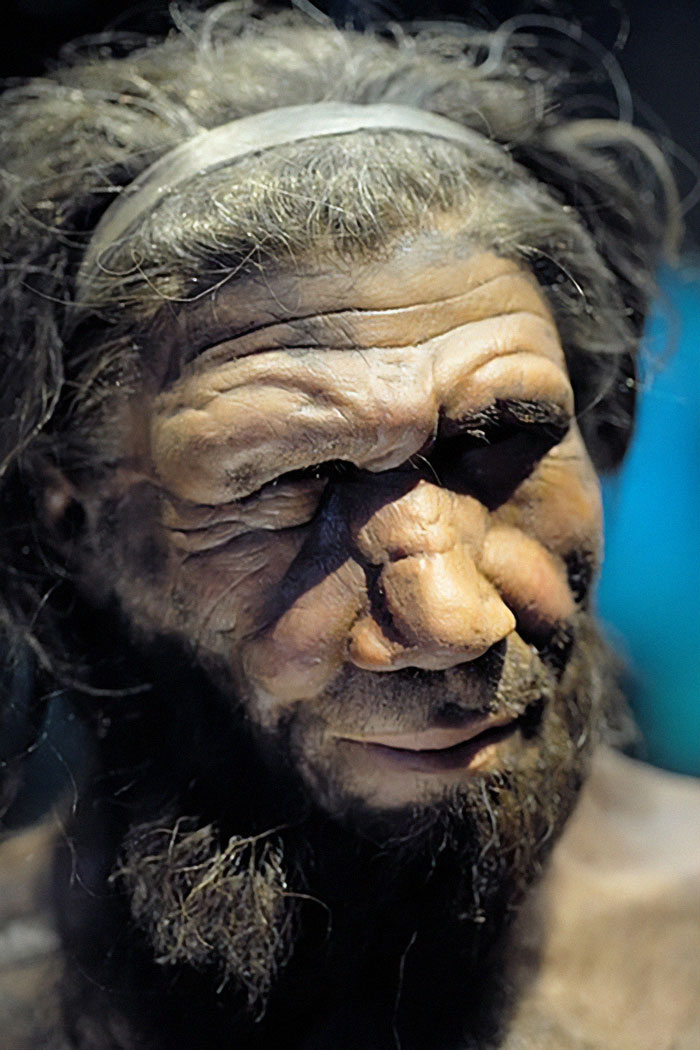Neanderthals aren’t the stupid, primitive, and unsophisticated beings some of us might think, as evidence provided by their DNA has suggested.
In fact, evidence has also found that the closest ancient human relatives were just as capable as Homo Sapiens — the species we belong to now.
As it turns out, there has been interbreeding between Homo sapiens and Neanderthals at some point in time, leaving some of us with Neanderthal DNA up to this day.
In fact, there are ways to trace Neanderthal DNA in our bodies. Nevertheless, these traces could also be from other descendants, indicating a connection to our prehistoric cousins, Unilad reported.
Interbreeding between Homo sapiens and Neanderthals left some of us with Neanderthal DNA up to this day

The first indicator that might lead to Neanderthal DNA detected in our body is an increased likelihood of nicotine dependency.
Genetic engineer Sebnem Unluisler told the DailyMail: “Studies suggest a link between Neanderthal DNA and nicotine addiction risk.
“Individuals with Neanderthal ancestry may have a slightly increased likelihood of nicotine dependence.”
1. Smoking

The quality and type of hair is an additional indicator. Thicker or straighter hair, as well as red hair, are signs that you might have Neanderthal DNA.
Sebnem said: “Neanderthal DNA has been linked to variations in hair characteristics. Some people with Neanderthal ancestry might have slightly thicker or straighter hair.
“Studies have also shown a higher frequency of a genetic variant associated with red hair was present in Neanderthals.”
2. Hair type

Moreover, your sleep pattern is another sign, with research suggesting: “Neanderthal DNA may influence circadian rhythms and sleep patterns.
“This may have been influenced by epigenetic factors, such as climate, social dynamics, and light exposure.
“People with Neanderthal ancestry may experience variations in their sleep-wake cycles.”
3. Sleeping pattern

Additionally, having a large nose could be another sign that you have some sort of Neanderthal connection, according to a study from University College London.
Such physical features may have helped breathing in a colder climate.
4. Nose size

Another indicator is that you may have been particularly badly affected by Covid-19, as people known to have Neanderthal ancestry tended to experience worse symptoms, Unilad reported.
5. Covid-19 reaction

The last indicator is that you may also struggle to get a tan, with a study from Unsluisler explaining: “Individuals with Neanderthal ancestry might tend towards lighter or darker skin tones, with some having alleles associated with lighter skin tones that may have provided increased resistance to UV light in regions with lower sunlight intensity.”
6. Can’t tan

A lot of mystery surrounds the extinction of Neanderthals, with hypotheses including violence, transmission of diseases from modern humans to which Neanderthals had no immunity, competitive replacement, extinction by interbreeding with early modern human populations, natural catastrophes, climate change, and inbreeding depression.
“Now I know my ancestry,” a reader quipped


















